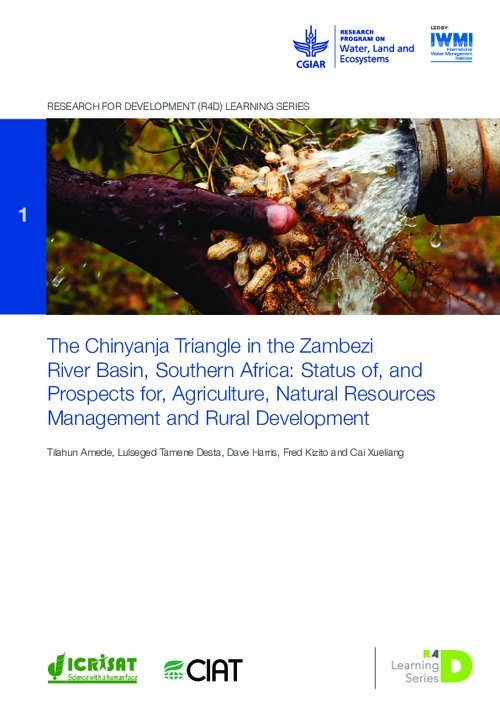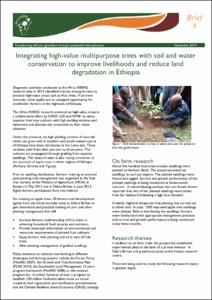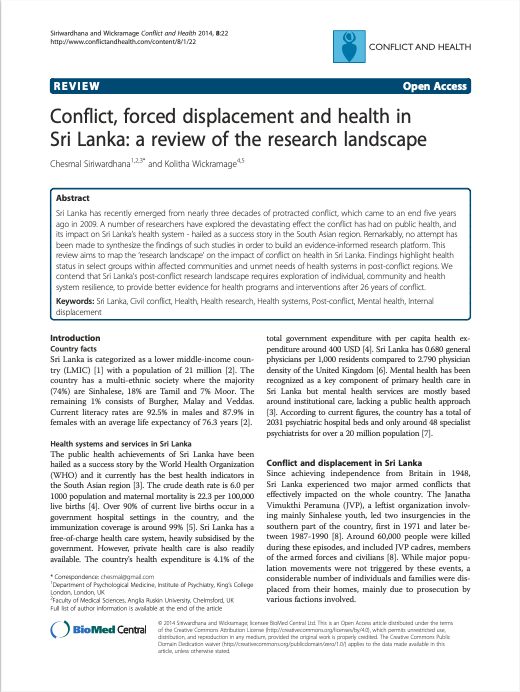7 ways to work for better land rights
Contains recognise and strengthen customary rights starting with statutory recognition; community rather than individual titling must be further explored as an option; women’s land rights remain weak under customary tenure but formalization is not necessarily the answer; custom or rights for women is a false dichotomy; supporting women’s collective action is key; political leadership and evidence from research are needed to transform policies and practices; technical tools to secure land rights require wider policy and institutional support.








